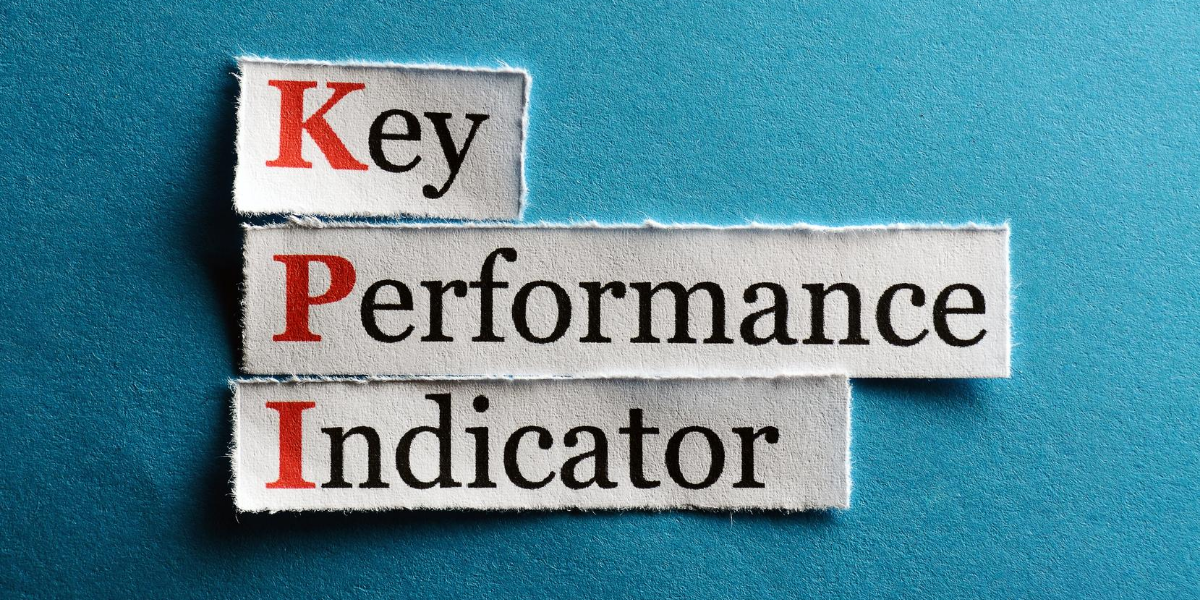Want to learn more on this topic? We’ve partnered with Keela to present a free webinar on November 5. Click here for details and to register.
If you’ve been following along with this series, you’ll know that CharityVillage has teamed up with Keela to bring you a crash course in understanding key performance indicators (KPIs).
This is the final segment in our 3-part series, and we highly recommend checking out Part 1 and Part 2 before proceeding.
Using KPIs to guide your decision-making is a sure-fire way to keep your finger hovering over the pulse of your organization. Decisions based on data can help stretch your donation dollars, prioritize your communications efforts, and even help streamline your team’s resources.
But it’s more than just quietly gathering data and inputting it into a spreadsheet. You need to know what you’re looking for.
So how do you critically analyze your nonprofit numbers?
Four ways to review your data with a critical mind
The third part of this course dives deep into the following analyses, providing you with handy calculations you can apply to your KPIs Dashboard.
1. Volatility analysis
Look at each of your metrics. Really look at the numbers month-over-month or week-over-week, is there much volatility?
This could include a metric that suddenly jumps up one month then drops back to a consistent state, or a metric that has been high for months in a row suddenly drops and stays that way?
Think through why this may have happened? What did you do, change, try in that month that may have affected this measure? Did you hire someone new? Invest in something different? Change your website?
2. Correlation analysis
Consider which metrics are connected. There are always connections between metrics but sometimes they hide and you need to change the metric slightly to see them.
3. Benchmark analysis
Have you pulled industry benchmark data for any of the KPIs you have chosen? You should understand benchmarks whenever you can as it gives you an anchor from which you can see if you are struggling or excelling.
4. Change over time analysis
Calculating growth rates, whether it’s over months, quarters, or years, is a valuable way to track growth in your organization. Sure, you may intuitively know you’re growing, but presenting those numbers to your board or to grant funders can be a powerful tool of persuasion.
To do so can be tricky, but Part 3 of this course will help you to calculate not just month-over-month growth rates, but compound growth rates, and month-over-time as well.
If those terms confuse you, you can learn more about them here.
How to calculate Return on Investment (ROI)
Your Return on Investment (ROI) is a calculation that looks at all your costs of, say, running a campaign, and all the funds generated from that campaign, and tells you how much MORE you generated than spent.
The reason ROI is so important is that it helps you make smart decisions. If you know your ROI on two different campaigns you can easily decide which campaign to run again and which one needs improvement.
Without this calculation, you may inadvertently be spending more than you make when fundraising which is simply not sustainable nor helpful. Learn how to accurately calculate your campaign’s ROI by completing Part 3.
Predictions and forecasts
So now that you have the data and you have made the analysis what’s next?
The last section of our course divulges some trade secrets on how to predict the future.
Predictions – or forecasts as they are more often called – will help you estimate where you are heading. Whether that’s for cash flow purposes or for planning new projects or initiatives, your board will want to know you have thought through the next 12 months.
Because once you have a good understanding of where you have been, you should be able to predict where you are going.
Finishing Part 3 of this course will not only help you analyze your data and make calculations that are sure to impress your board, but it will also help you set yourself up for future successes by forecasting your upcoming years.
Stay ahead of the curve, complete Part 3 now and sign up for Thursday’s free webinar!
Tasi Gottschlag is the COO of Keela, a comprehensive nonprofit software platform that gives you powerful, intelligent tools to manage your donors, mobilize your volunteers, market your nonprofit, and raise more money. Tasi has an MBA from SFU and built and sold her first SAAS tech start up in 2018. A true geek she is a passionate builder of businesses, loving all the moving pieces, intricate dynamics and systems that produce the results we see. In her free time she loves to race sailboats, read inspiring business books and has two amazing daughters who ensure free time is kept to a minimum.







